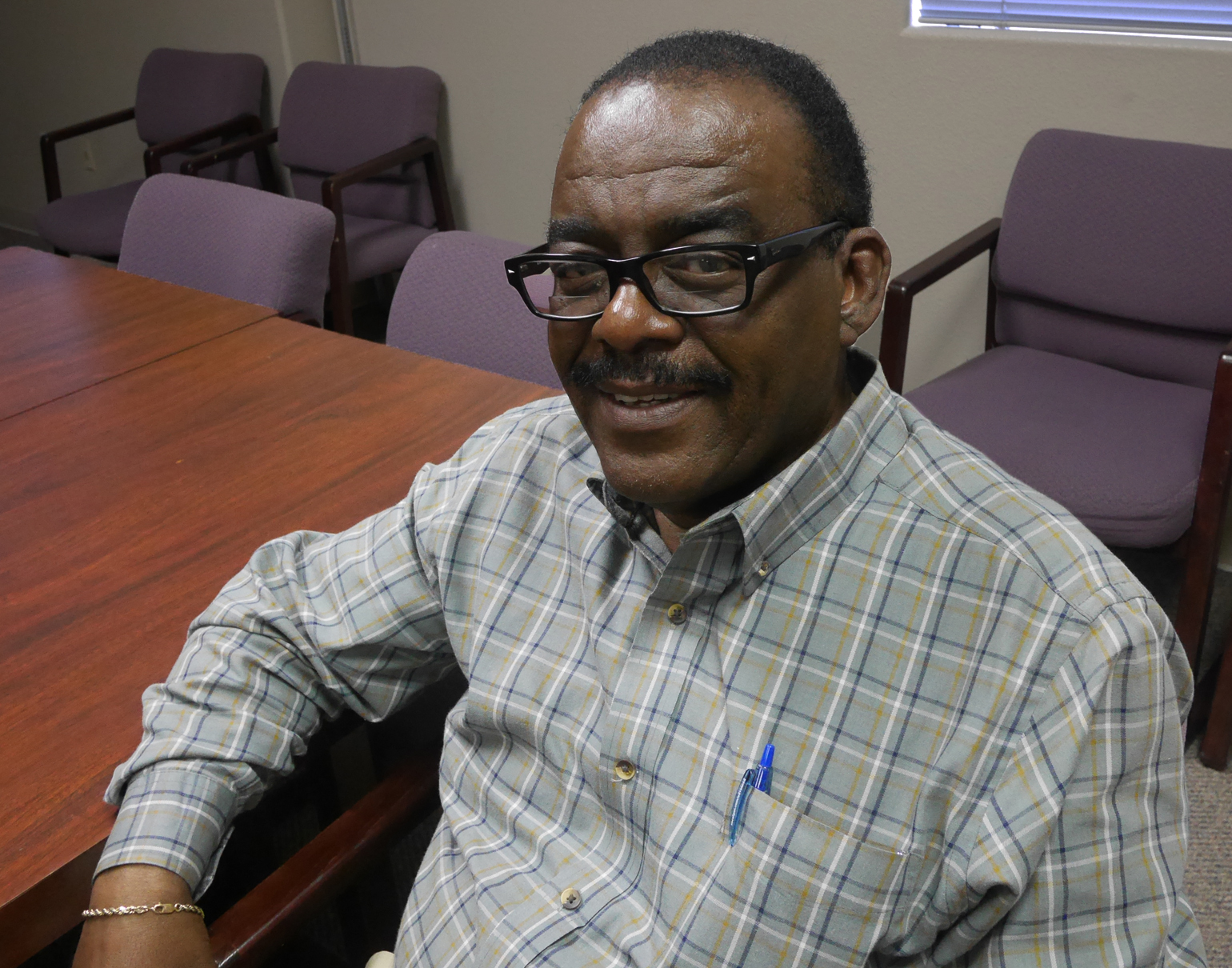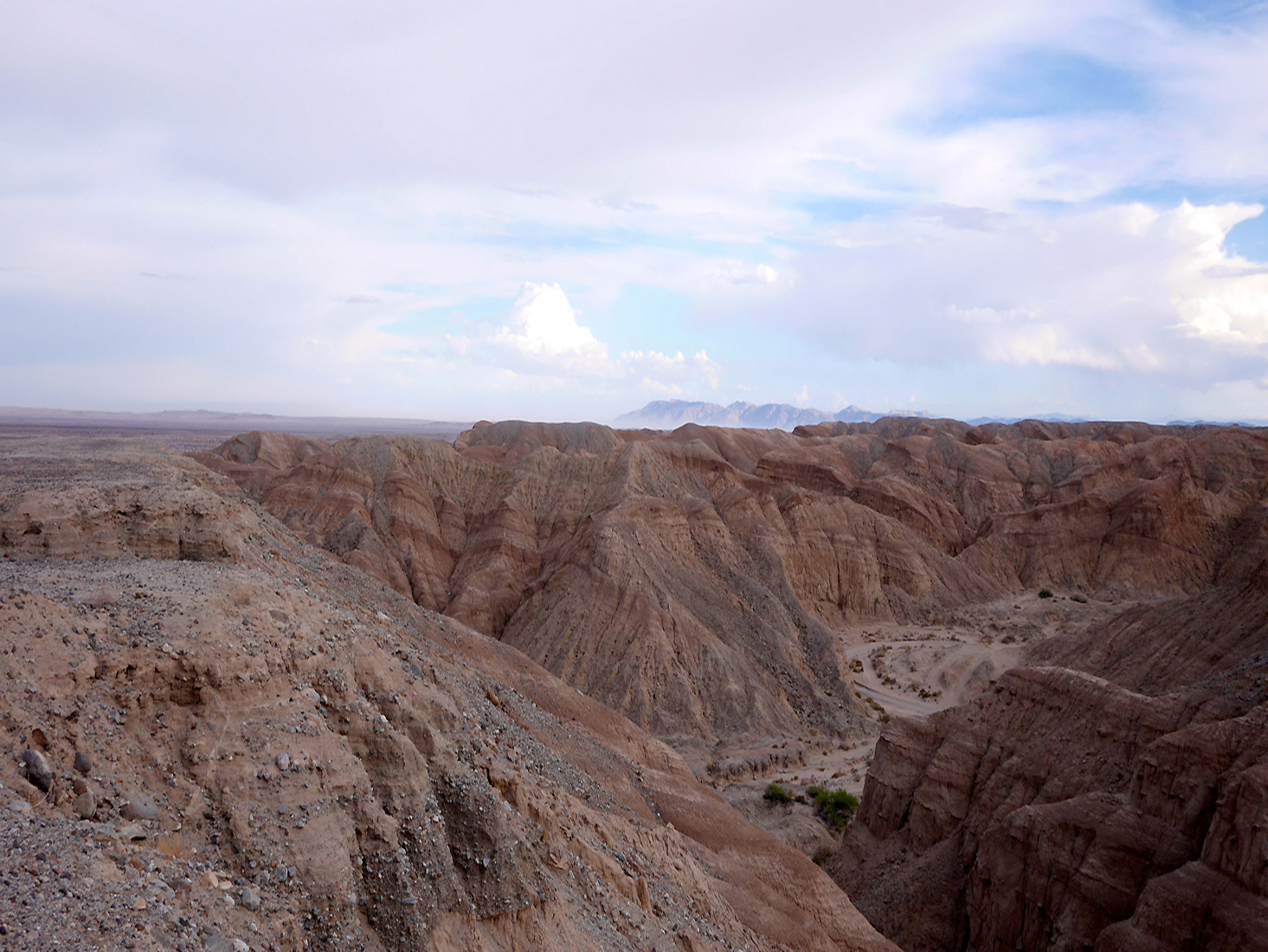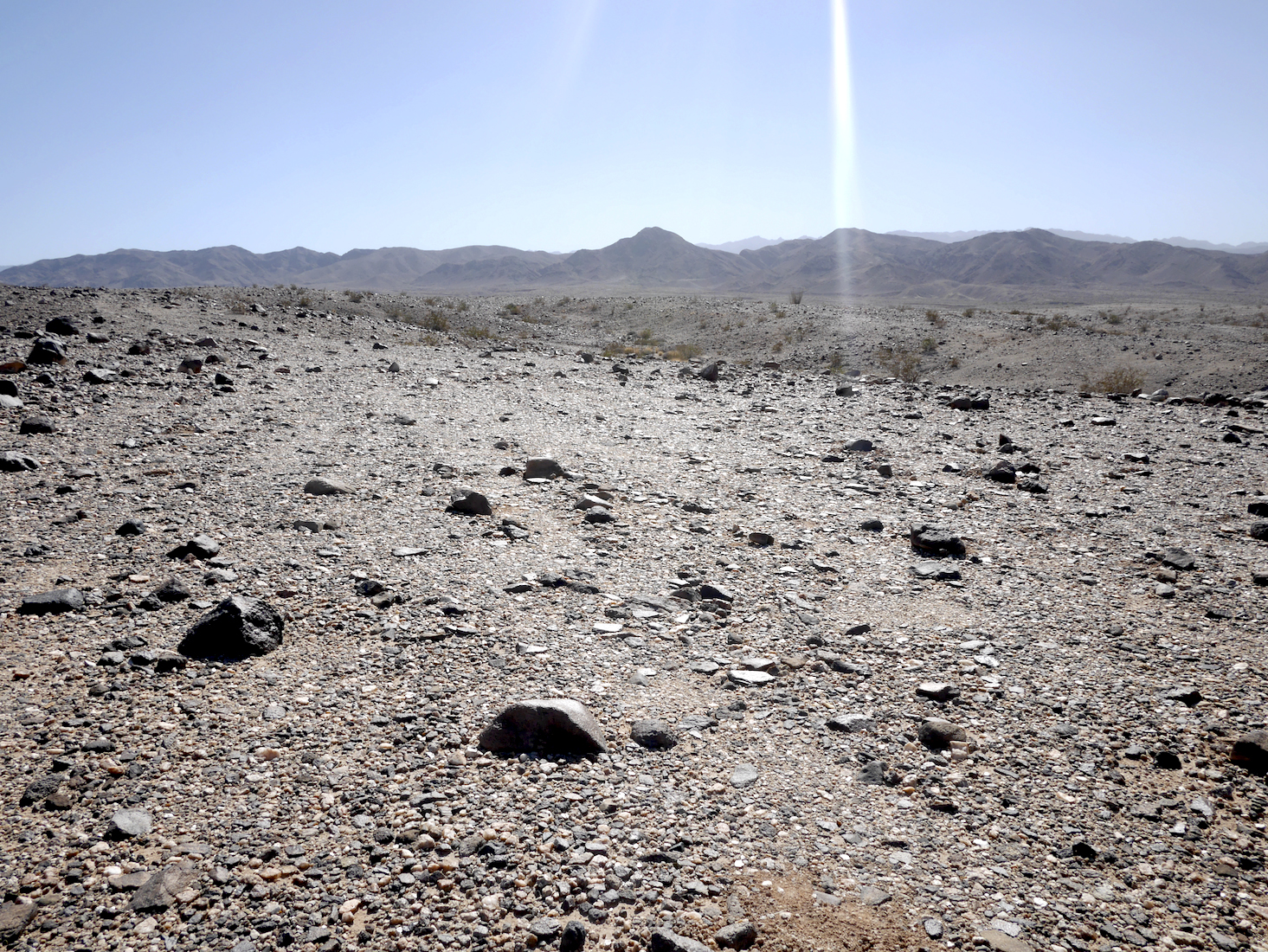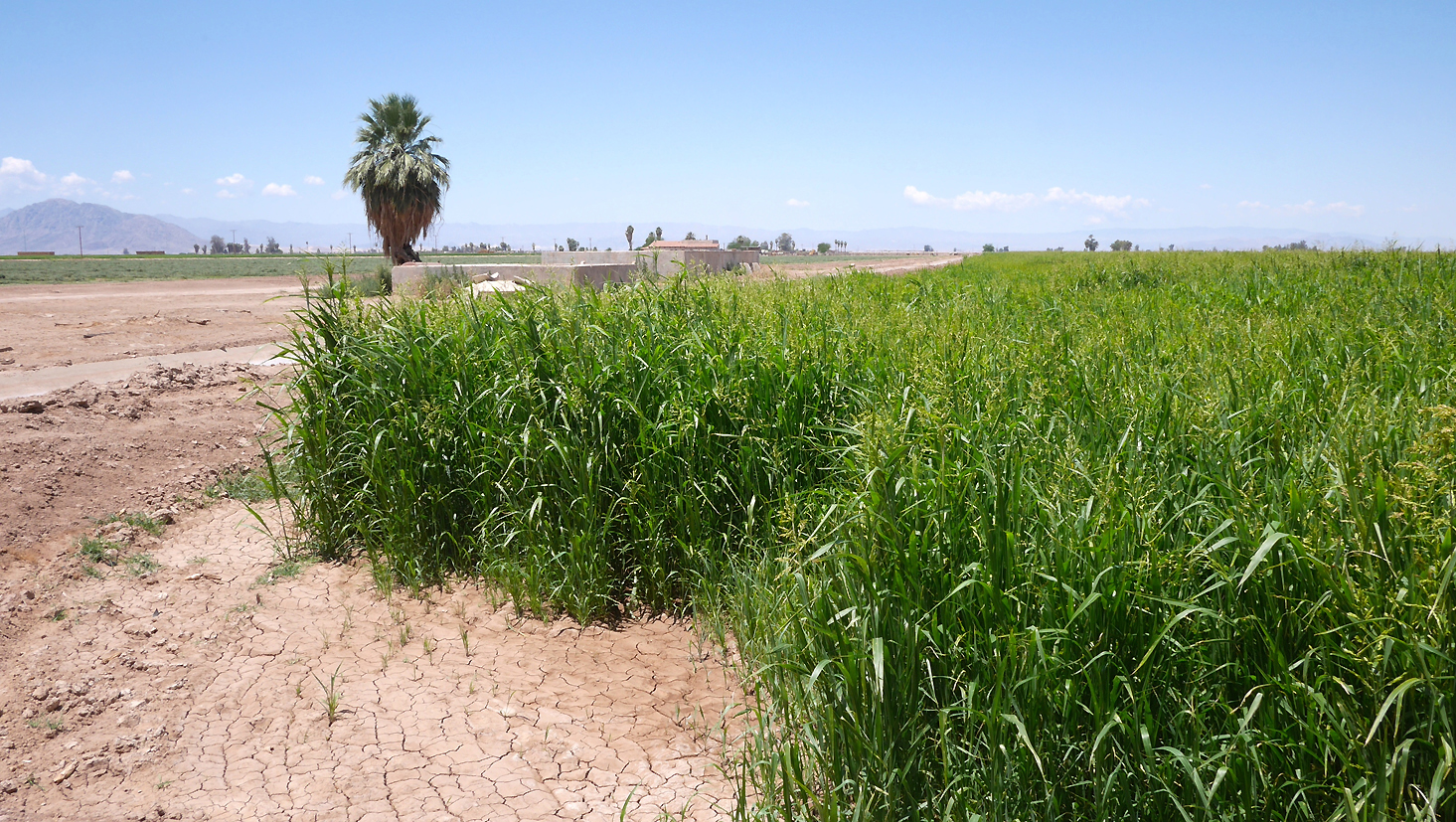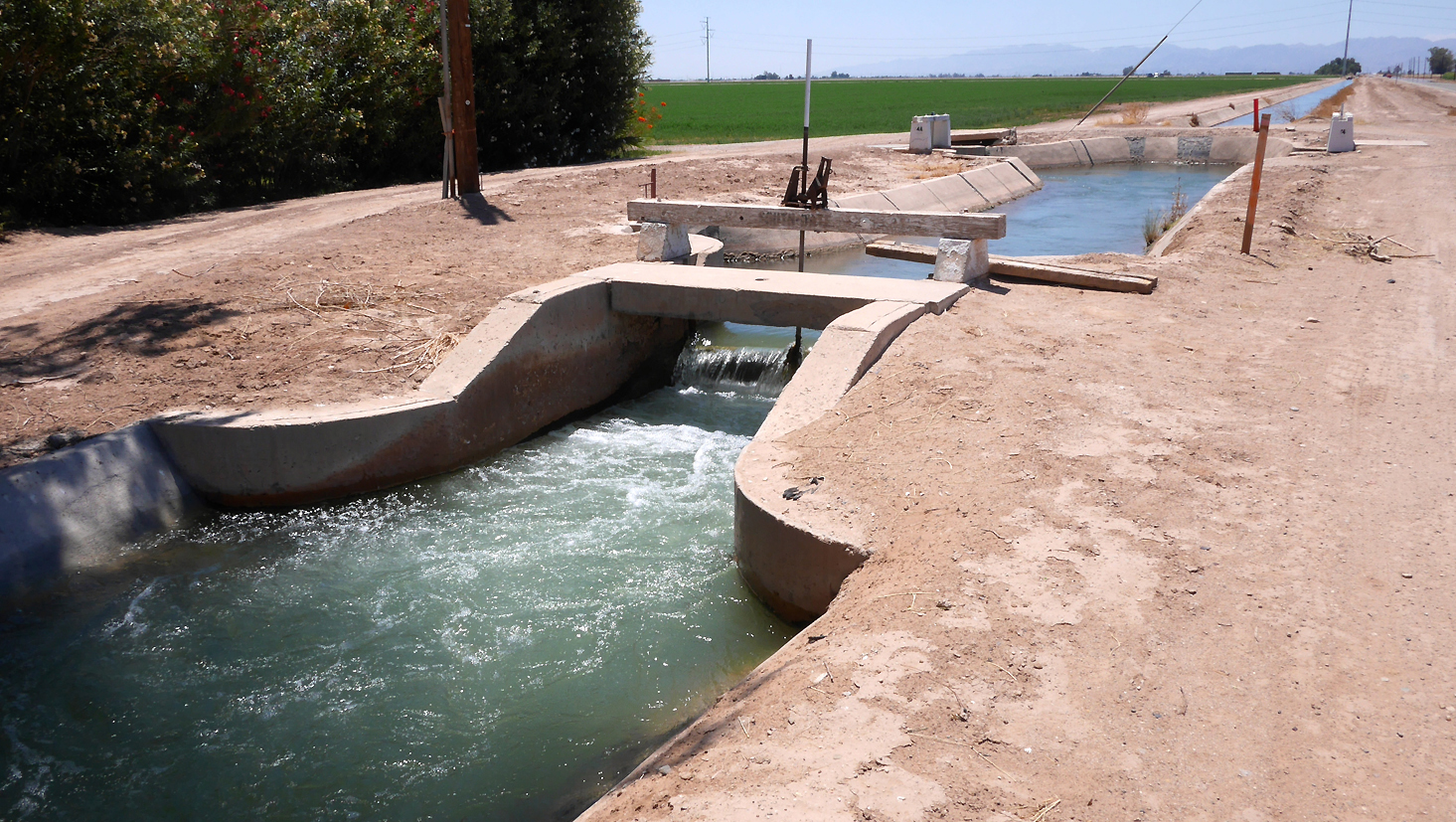Photo Gallery
Modern Stories Along the Anza Trail
Dilda: Entrepreneur
Listen to an interview with Dilda
Interview Text
Interviewer: How do you pronounce that?
Dilda: D-I-L-D-A
Interviewer: D-I-L-D-A
Interviewer: Dilda
Dilda: Yeah
Interviewer: And your last name?
Dilda: McFadden
Interviewer: And (pause) …were you born here in El Centro?
Dilda: Yes
Interviewer: Where did your parents come from?
Dilda: Arkansas
Interviewer: And what brought them here?
Dilda: I think that they were looking for job opportunities, basically (pause) My father came out and worked in agriculture as a laborer, cleaning the shed and doing a lot maintenance work. When he was here my uncle came out then other relatives came, my mom came, she brought her sister. You know people just migrated this way from the south. In the 50’s, late 50’s, 60’s, 70’s there was an extremely large population, particularly in El Centro and throughout the valley I think in Imperial, Brawley…..there were a lot of African-Americans. A lot of African-Americans in Calipatria area. As African-Americans graduated from high school, uhm….they left…for more opportunities. Then as the opportunities declined they went to mechanization….they didn’t need the labor anymore. So African-Americans left Imperial Valley where it was agriculture and they would follow the crops but then when it came to mechanization there was no need for a lot of physical labor. The lettuce the way they were doing, they would use lettuce machines and water melons they would swap water melons, load the trucks. So labor opportunities declined and African Americans said, ”We need to go to urban areas….Los Angeles…get out of Imperial Valley, there are no opportunities there for us. And the African-American population dwindled. If you go back to the school districts…they can show you photos of you know, a predominately African-American school….. called Douglass High School , it was predominately an African-American school .
Interviewer: And where was that located?
Dilda: Here, in El Centro, on the east side of El Centro.
Interviewer: And when you say eastside. That would be east of 4th Street?
Dilda: East of 4th you know, as people would call it, I think it was located on 1st street no 2nd street. Then they had integration. Blacks would walk from the east side of El Centro to Central Union High School. During integration time blacks and Hispanics were predominantly going to Washington Elementary School which was a “K” through 6th grade then go over to the west side for 7th and 8th grade. And then you would go from there to Central Union High School….that was back in the day. There was a very strong population but now it’s dwindled down to two or three percent of the population in Imperial County at this particular time. I’ve raised my children here, I have grandchildren here so I guess it depends upon the pace of a person and what they are looking for……but Imperial Valley has been very comfortable for me.
